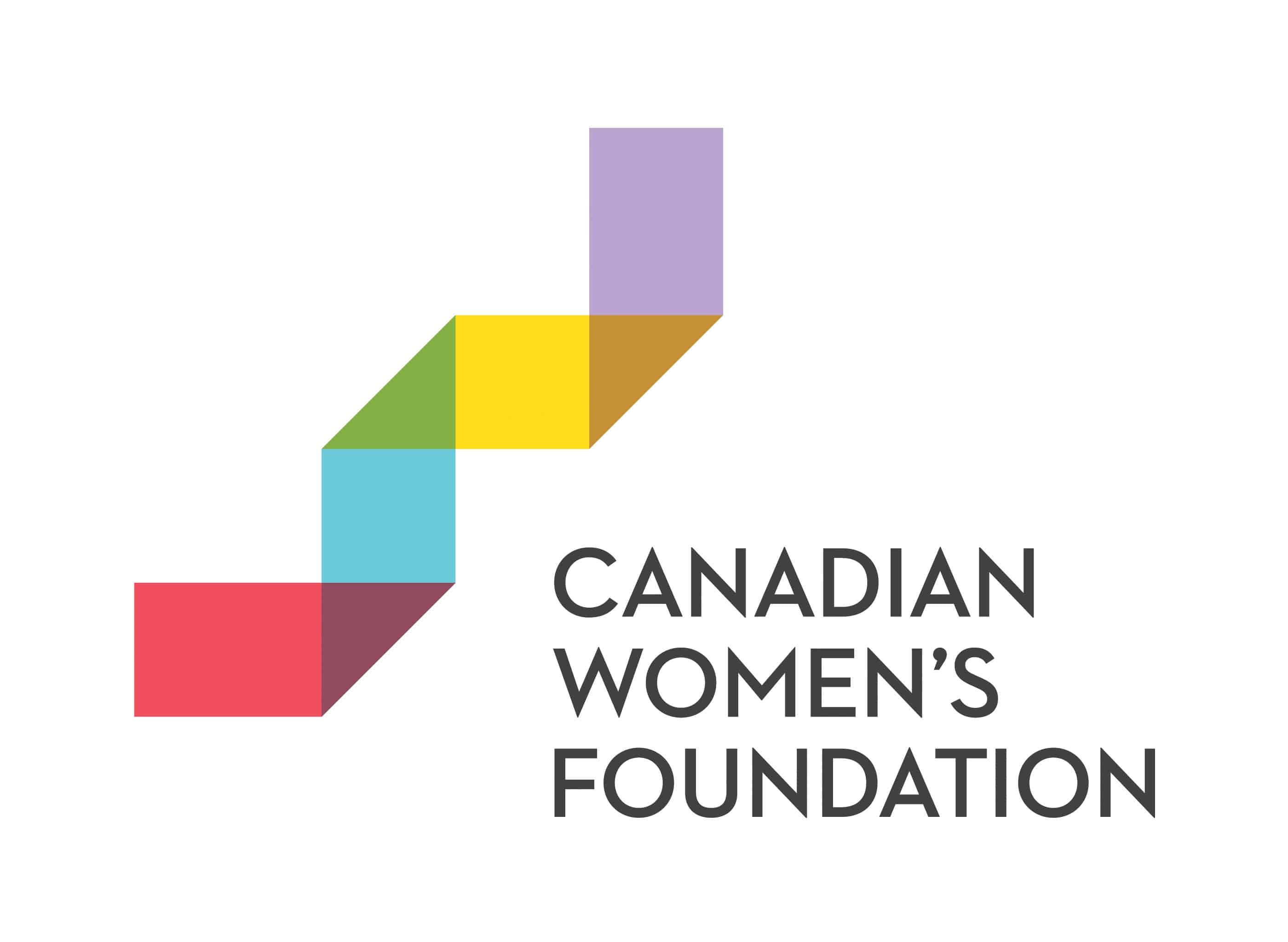Two Steps Forward
Thousands of women in Canada—many of them single mothers—live on the financial brink, trapped in a constant cycle of ‘one step forward, two steps back.’ Customized supports can help them get unstuck.
This story was originally published in the Spring 2015 issue of SHE Magazine.
 FOR YEARS, KRISTIN LUDLOW went from one low-paying job to another. She wanted more for herself: stability, financial independence, and work she cared about.
FOR YEARS, KRISTIN LUDLOW went from one low-paying job to another. She wanted more for herself: stability, financial independence, and work she cared about.
By the time she heard about the Women in Skilled Trades program in Burlington, she was in serious debt and had no savings. She successfully applied to the 29-week program but still struggled to make ends meet, even though the tuition was covered by the government.
Luckily for Kristin, the Women in Skilled Trades program included something special: an allowance to buy tools, work wear, and safety equipment. Without this extra support, she may not have been able to buy the tools that allowed her to find a job after graduation.
Over 1.5 million women in Canada live in poverty. Most, like Kristin, are working but earning low wages. “Just because you have a job and work 40 hours a week, doesn’t mean you’re going to get out of poverty,” says Ellen Faraday, a coordinator for the Women in Skilled Trades program.

.jpg) A 2015 study found that there were more CEOs of S&P 1500 companies named John or David than there were women in the U.S.
A 2015 study found that there were more CEOs of S&P 1500 companies named John or David than there were women in the U.S..jpg) The fall equinox on September 22 marks the point in our journey around the sun when day and night are roughly equal.
The fall equinox on September 22 marks the point in our journey around the sun when day and night are roughly equal.

